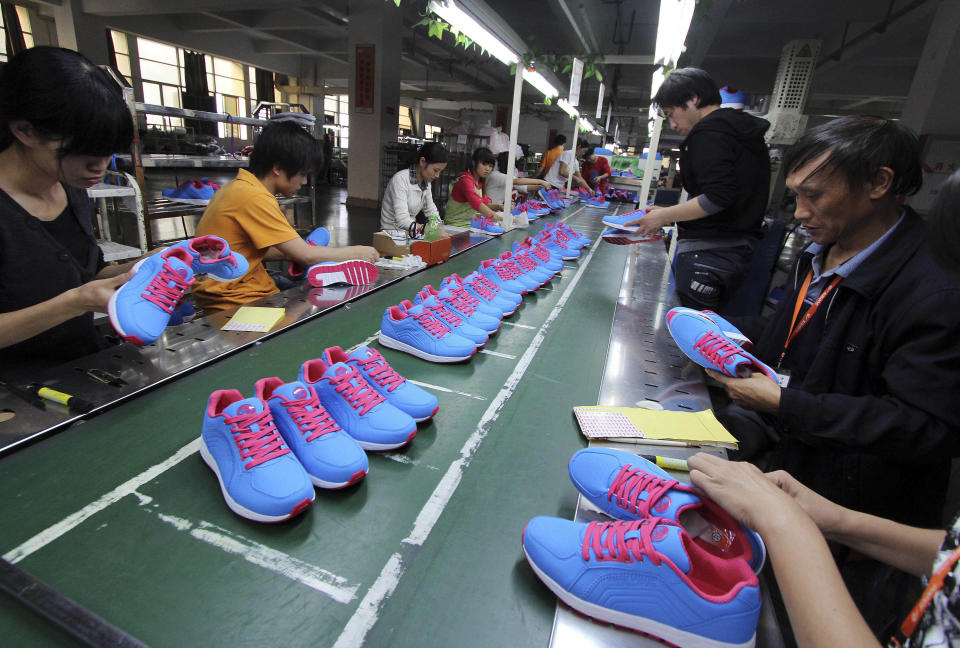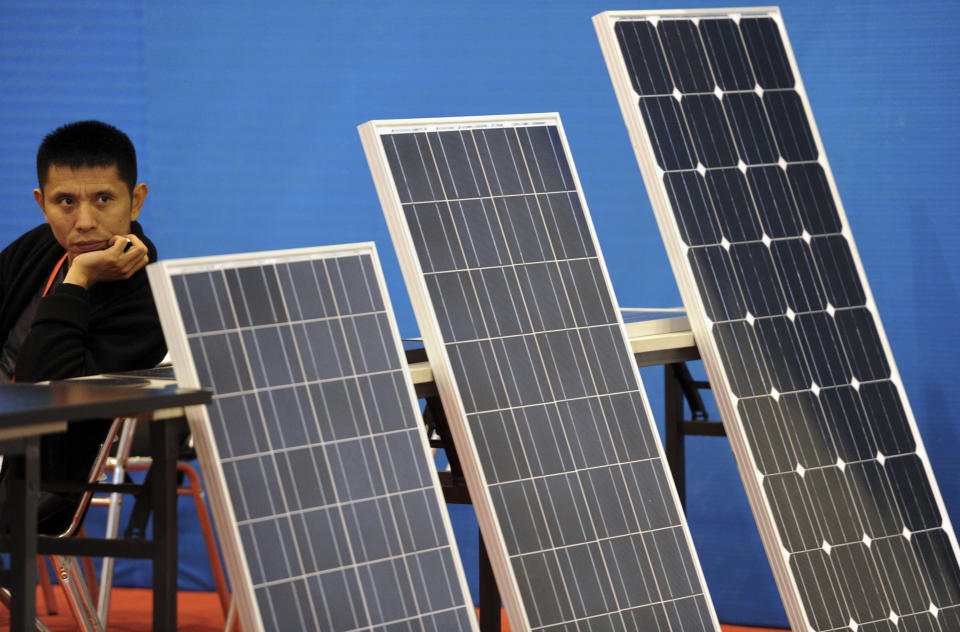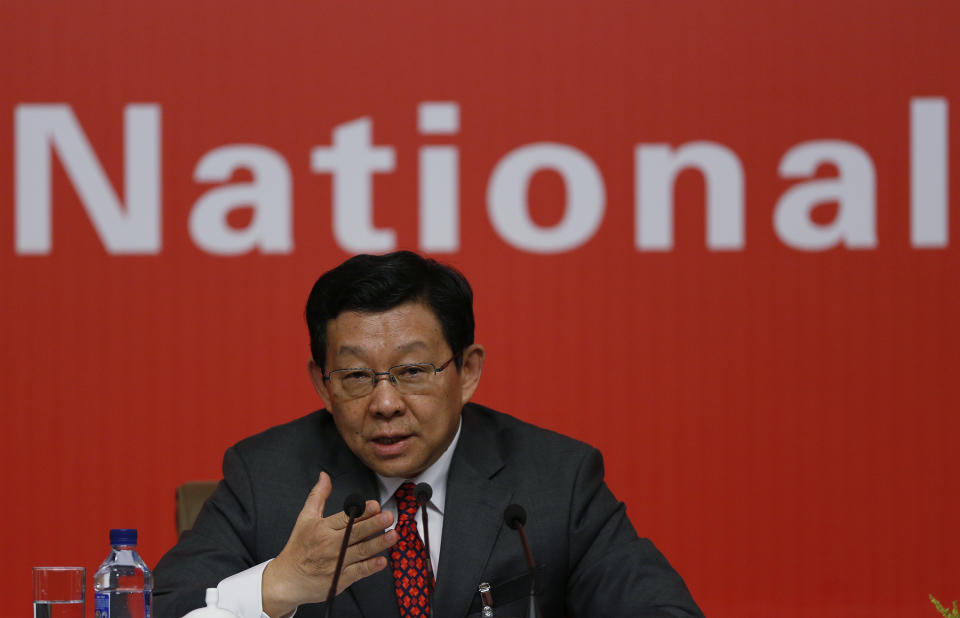China exports accelerate in October, imports weak
BEIJING (AP) — China's export growth accelerated in October in a fresh sign the world's second-largest economy is recovering from a painful slump, but the commerce minister warned that exporters face tough conditions in coming months.
Exports rose 11.6 percent from a year earlier, up from the previous month's 9.9 percent rate, data showed Saturday. Import growth held steady at 2.4 percent.
The improvement is a positive sign for the ruling Communist Party, which is holding a congress to hand power to younger leaders who might benefit from an economic uptick.
Still, the commerce minister warned that Chinese exporters face tough conditions ahead due to weak global demand and rising operating costs.
"The trade situation will be relatively grim in the next few months and there will be many difficulties next year," Chen Deming told a news conference.
Analysts say a modest recovery is under way from China's deepest downturn since the 2008 world financial crisis. But they say it will be gradual and too weak to drive global growth without improvement in the United States and Europe.
Data reported Friday showed Chinese auto sales, factory output and investment also improved in October.
Stronger exports will help manufacturers that were battered by last year's slump in global demand. Thousands closed and survivors slashed payrolls, raising the danger of unrest as Communist leaders tried to enforce calm ahead of the leadership transition.
The import weakness meant China's global trade surplus widened by nearly 90 percent over a year ago to $32 billion — the highest monthly level this year.
Chen, the commerce minister, also warned that "growing trade protectionism" might hurt exporters.
World leaders pledged after the 2008 crisis to avoid steps that might hinder trade and hamper a recovery. But Beijing and trading partners including the United States, Europe and Japan have raised tariffs on goods including autos and solar panels in a series of disputes over market access, subsidies and other issues.
Beijing set a target of 10 percent trade growth this year, but it looks increasingly unlikely the country can reach that after total trade rose only about 6 percent for the first 10 months.
Lackluster Chinese import demand reflects government curbs on lending and investment to cool inflation and overheating.
Those controls helped to crush surging prices but hurt China's large construction industry and depressed its voracious appetite for steel beams, wiring and other materials made of imported iron ore, copper and other commodities. That is bad news for miners and other commodity exporters such as Australia and Brazil that supply China.
China's economic growth fell to a three-and-a-half-year low of 7.4 percent in the quarter ending in September. Analysts say the slowdown probably has reached its bottom and activity should improve in the current quarter.
The government said last month it saw "steady economic growth," suggesting there was no need for further major stimulus following interest rate cuts and higher spending on public works construction and investment by state companies.
Demand in debt-plagued Europe was so weak that the 27-nation European Union was temporarily overtaken by the United States as China's biggest trading partner for October.
Exports to the United States rose 9.5 percent to $31.2 billion. China's trade surplus with the U.S. widened by 8 percent to $21.6 billion.
Exports to Europe fell 5.8 percent to $26.4 billion, with more severe declines for some struggling economies. Italy's purchases of Chinese goods plunged 25.7 percent while exports to France were off 9 percent. China's trade surplus with Europe narrowed by 17 percent to $10.8 billion.
___
Online:
General Administration of Customs of China (in Chinese): www.customs.gov.cn




